Three Tricks To Growing Perfect Beets
As an Amazon Associate and member of other affiliate programs, I earn from qualifying purchases.
Beets are a staple in any homesteaders garden. They’re super nutritious plants that can be used for everything from sauteed greens to harvesting sugar from the roots. I happen to love the flavor of a homegrown beet, and once I figured out these tricks to growing beets, I was thrilled.
Did you know beets are one of the healthiest veggies you can eat? Despite that, beets are one of the most polarizing veggies out there—you either love them or despise them.
If you’re a beet-lover like myself, you’ll be glad to know that learning how to grow beets yourself is very doable! Whether you prefer them juiced or roasted in a salad, a home-grown harvest of beets will taste better than anything else out there.
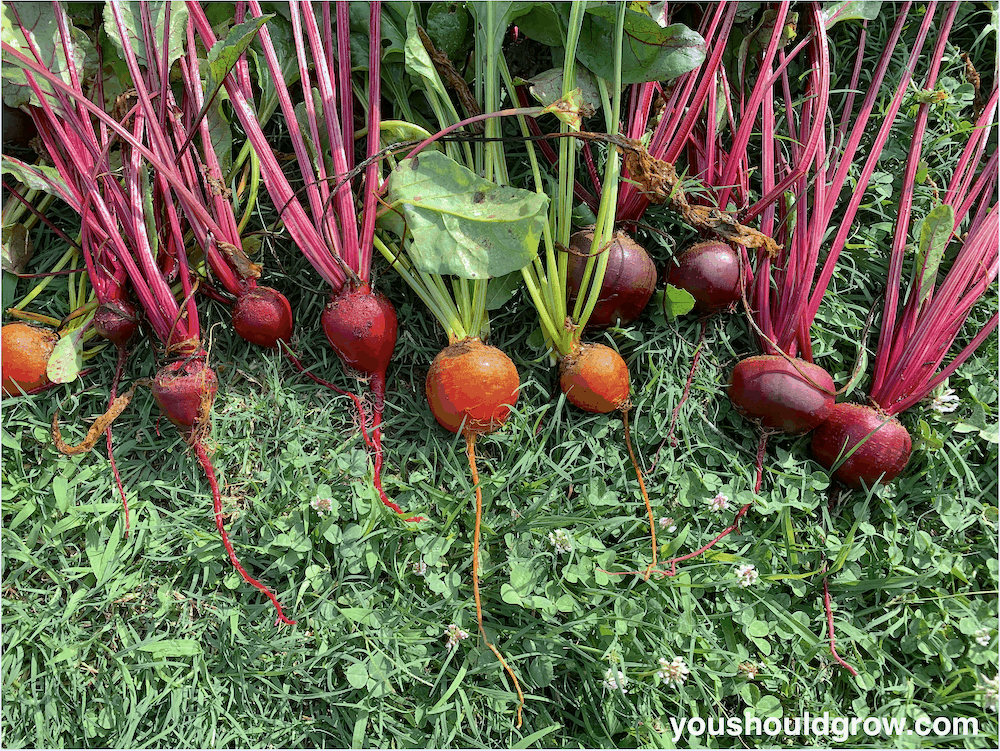
How To Grow Beets
Beets are a beneficial root vegetable that will give you a whole host of nutrients, without all the calories. So why wouldn’t you want to add them to your diet and garden?
The best part is that they are surprisingly easy to grow too. So even if you are a beginning gardener, you should be successful with these tips.
Varieties Of Beets
Before we get into how to grow beets, you have to choose your variety. There are numerous varieties of beets to choose from white to yellow to red.
Each has a slightly different look and taste, so if you have had a particularly delicious beet dish somewhere, make sure to ask what kind of beet they are using. Each varietal takes around 50-70 days before they can be harvested – unless you’re growing them for microgreens.
Here are a few of the most popular options to select from:
- Big Red – Takes approximately 55 days before they are ready for harvest.
- Sangria – On average, you are looking at 56 days before you can pick them.
- Golden – These yellow beets can be picked after 55 days.
- Detroit Dark Red – These are the beets you are accustomed to seeing. They can be harvested around 58 days.
- Pacemaker – Just like in the name, these are fast-growing beets and can be picked in 50 days.
Get the best price on organic beet seeds here.
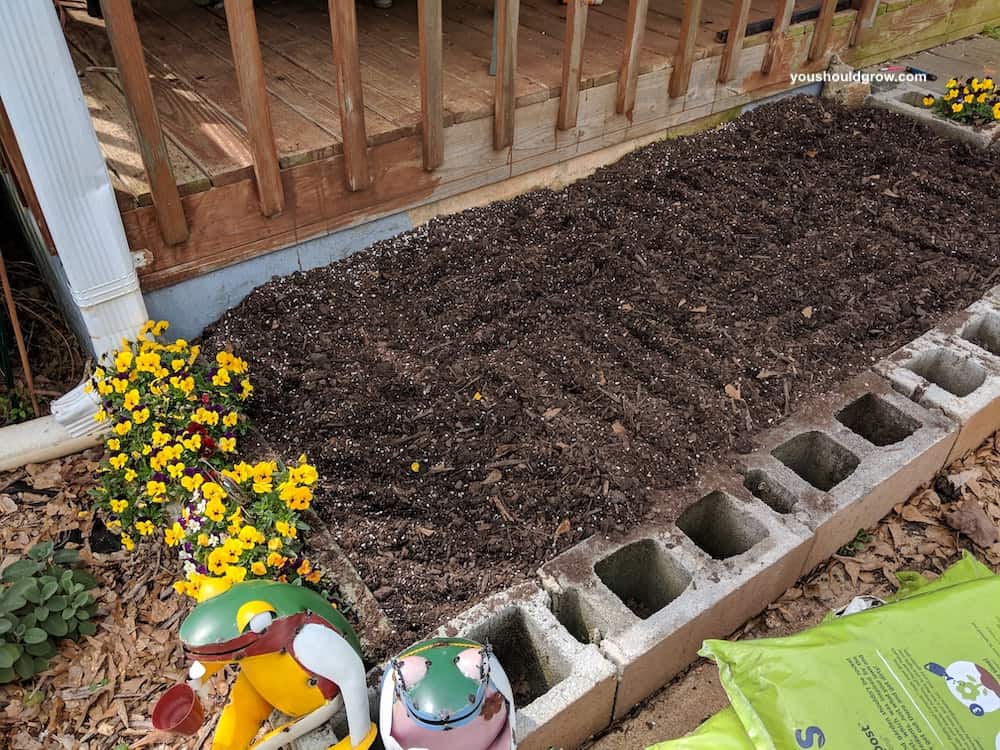
Growing Beets Trick #1: Choose loose healthy soil
Like other veggies, beets like a lot of sunlight. So choose a location that gets at least 6 hours of sun daily. You will also want to amend your soil if it’s too rocky, dense, or doesn’t drain well (as some clay soil). Beets are also ideal candidates for growing in containers and raised beds.
Because beets are root crops, they need to have space for their roots to grow out and then swell. Hard or rocky soil makes this more difficult for them to do. If you make sure your soil is easy to dig in, then your beets should grow just right.
Beets prefer a pH between 6.0 – 7.0 and don’t need a lot of nitrogen. When we think of nitrogen and plants, we think about growing big leafy greens. But if you want a healthy root crop, make sure your soil has plenty of phosphorous.
You’ll need a soil test to determine the nutrient content. The best way to learn this is by sending a soil sample off to your county extension agent, but there are also some home kits (we’ve used this one) that can give you a quick answer. When needed, a fertilizer with a higher middle NPK number (like bone meal) is more appropriate for growing beets.
Trick #2: Plant them at the right time
Beets can be planted in the spring or the fall, and, like broccoli, can tolerate a little bit of cold weather. In the spring, set seeds in the ground 2-3 weeks before the last frost.
In southern climates, they may actually do better when planted in September and October. This is because the hot weather will make your beets bitter and pithy.
Whether in spring or fall, here are some quick planting tips for beets:
- Drag a line into the soil about 1/2 inch deep.
- Plant one seed every 1-2 inches in a row.
- Keep the rows spaced out at least 1 foot apart.
- After you plant the seeds in the soil carefully cover them up with dirt.
- Tap or press the ground, so it is more compact–I usually use my hand for this, and it will keep the soil nice and firm around the seed.
Label your garden (it’s far too easy to forget what you planted where!) and give water it in well. You should try to keep the soil moist as the beets are growing, particularly as they are getting started in those first few weeks.
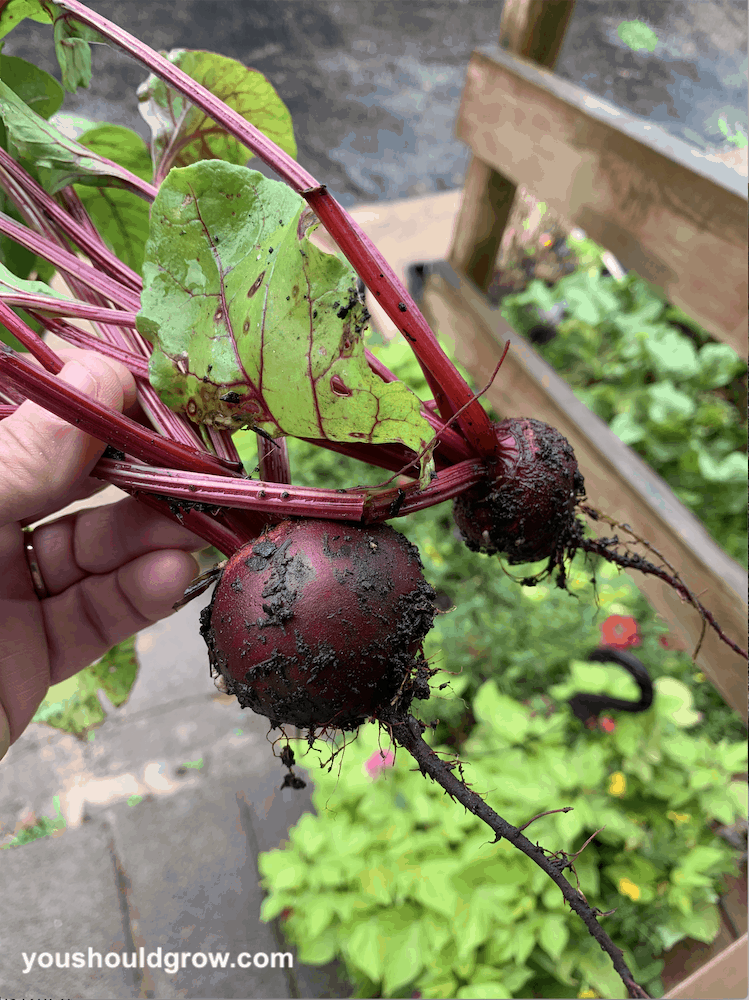
Trick #3 For Perfect Beets: Protect the roots
While growing beets is reasonably low-maintenance, there are a few things you will need to do to ensure they grow properly. In the first couple of weeks as your beets sprout, you will need to thin out the seedlings so that the adult plants aren’t too crowded.
To thin your beets, use scissors to cut the excess seedlings at the soil level. You don’t want to pull them up as you may disturb the root system of the plants you want to keep. If you leave them and they’re crowded, your beets can be smaller and less tasty.
Don’t overdo it when thinning though. Leave enough growing beets so that the plants are 3-4 inches apart, then add some mulch to help protect the plant and keep it moist. Letting your beet plants dry out is a sure-fire way to get an unsatisfying crop.
Shallow beet roots can be disturbed easily so make sure to treat your soil gently while beets are growing. Another important tip is to make sure weeds don’t encroach into the space where the beets are planted.
Weeds are never a great addition to your garden, but this is particularly true with beets. Gently remove them without disturbing your plants because left alone, they will crowd root space and steal the nutrients you want the beets to get.
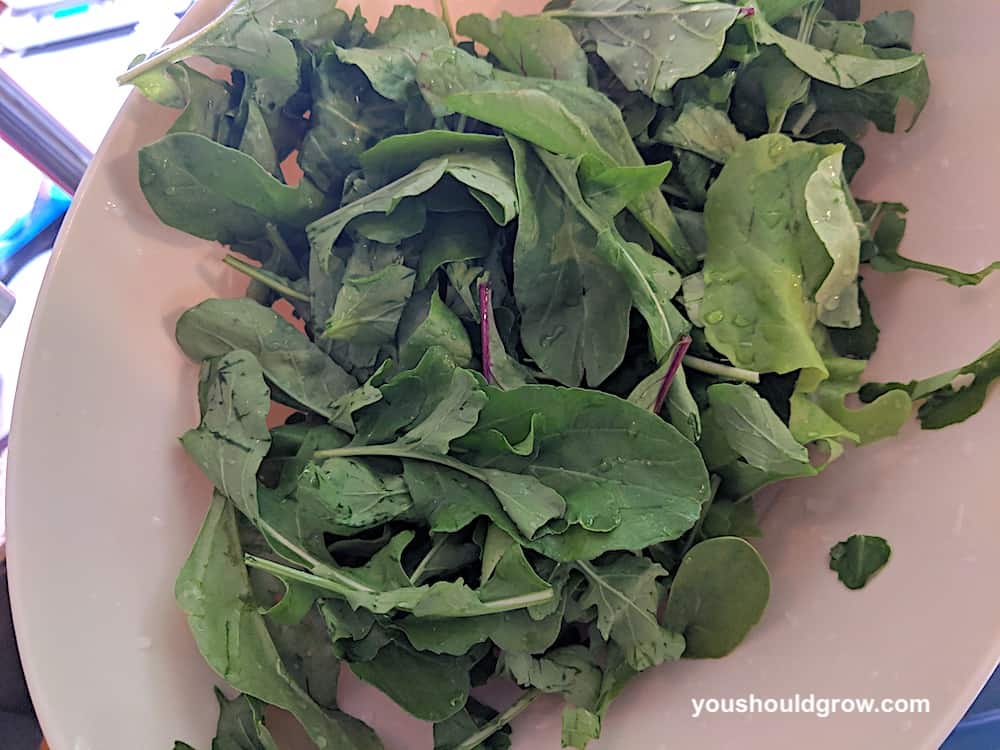
Growing Beets: Harvest Time!
As your beets grow, you can harvest some of the leaves (no more than 50%) for eating. Beet greens are some of my favorite greens. They’re quite tasty sauteed like spinach or turnip greens.
When they’re about 2 months old or the leaves are over 6 inches, it’s time to harvest the roots! Gently grasp your beet plant at the base and pull it out of the ground. You should have a perfect round beet!
Never cut the leaves off of them or it will cause the juice to seep out. Simply twist the leaves gently until they come off. Remember, you can eat the greens off of the beets, so don’t throw them away.
Storing Beets
Keep the beets cold in the refrigerator, and they will last anywhere from 1-3 weeks. If you remove the top off of the beets, they will last a little bit longer. You can also store your harvest in the basement or another cool, moist, and dark place.
Beets can be canned, pickled, and dehydrated for use at a later date. Another simple option is to freeze them. You can keep beets in the freezer for up to a year—they’ll always be ready for you to enjoy.
Have fun growing your own beets!
Now you know how to grow beets, so you are all ready to start your latest crop! Enjoy your hard work with every juicy, earthy bite you take.
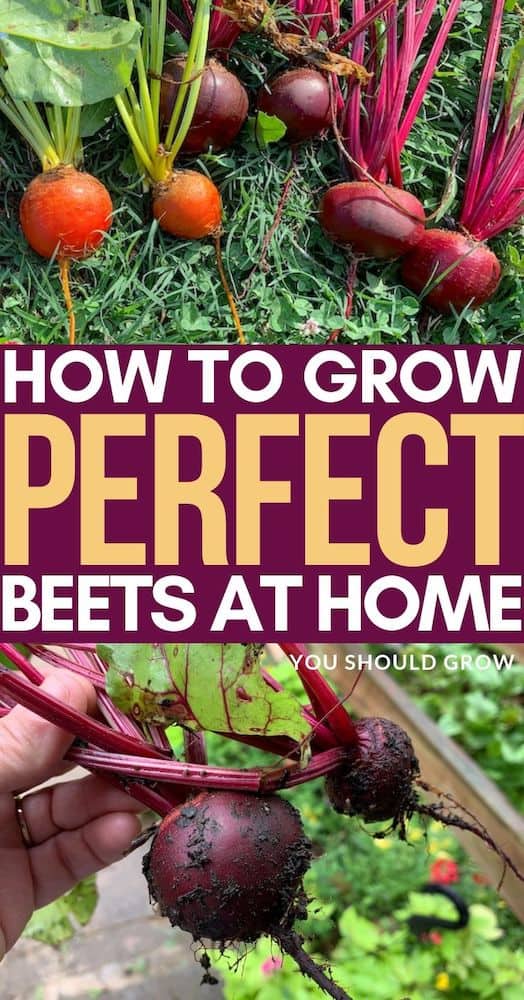


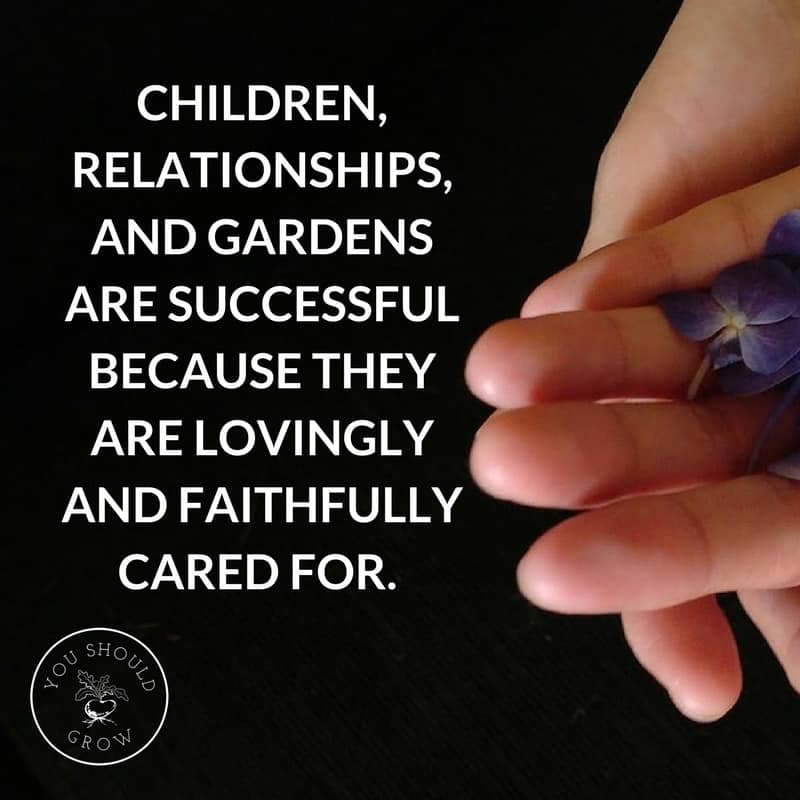

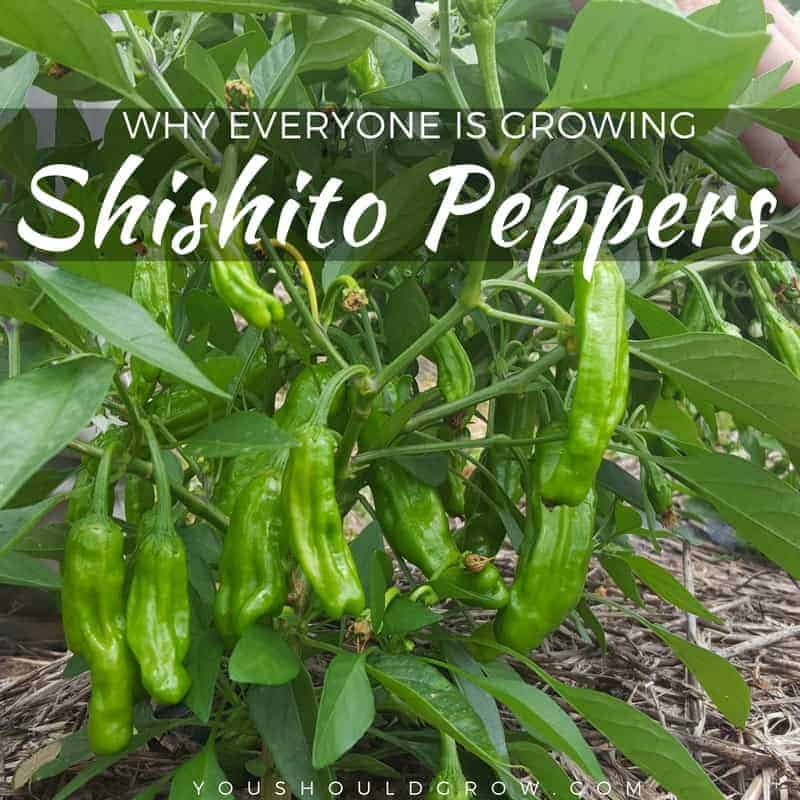

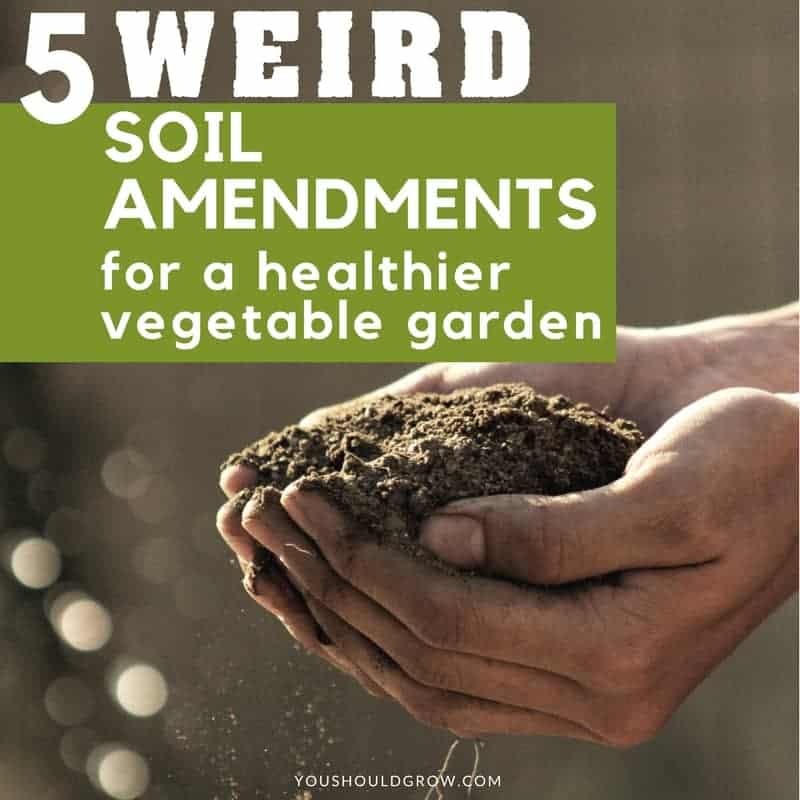
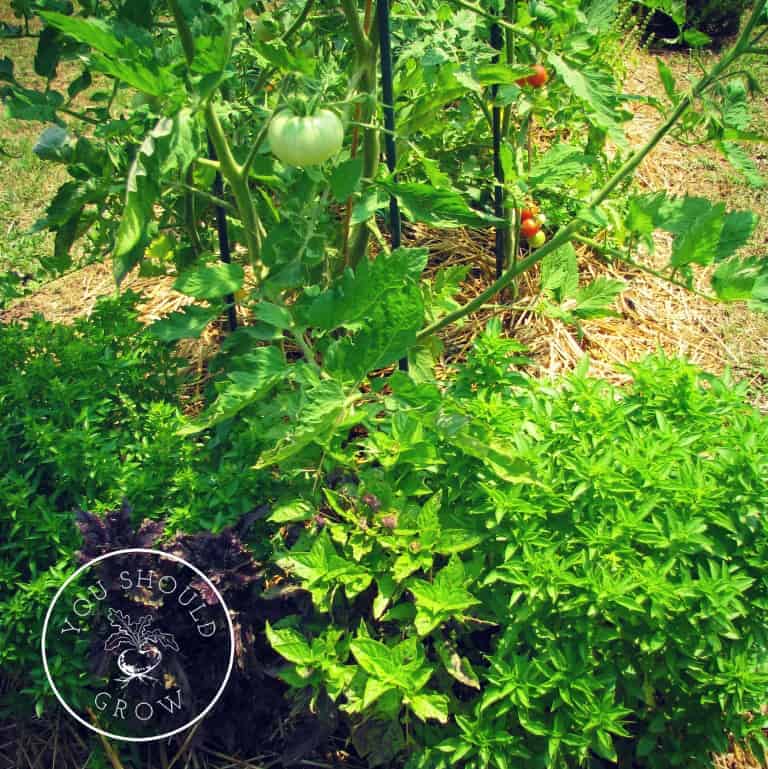
Hello, I really enjoyed reading your article about the tricks to growing beets, I found it very helpful. Thank you, Richard.